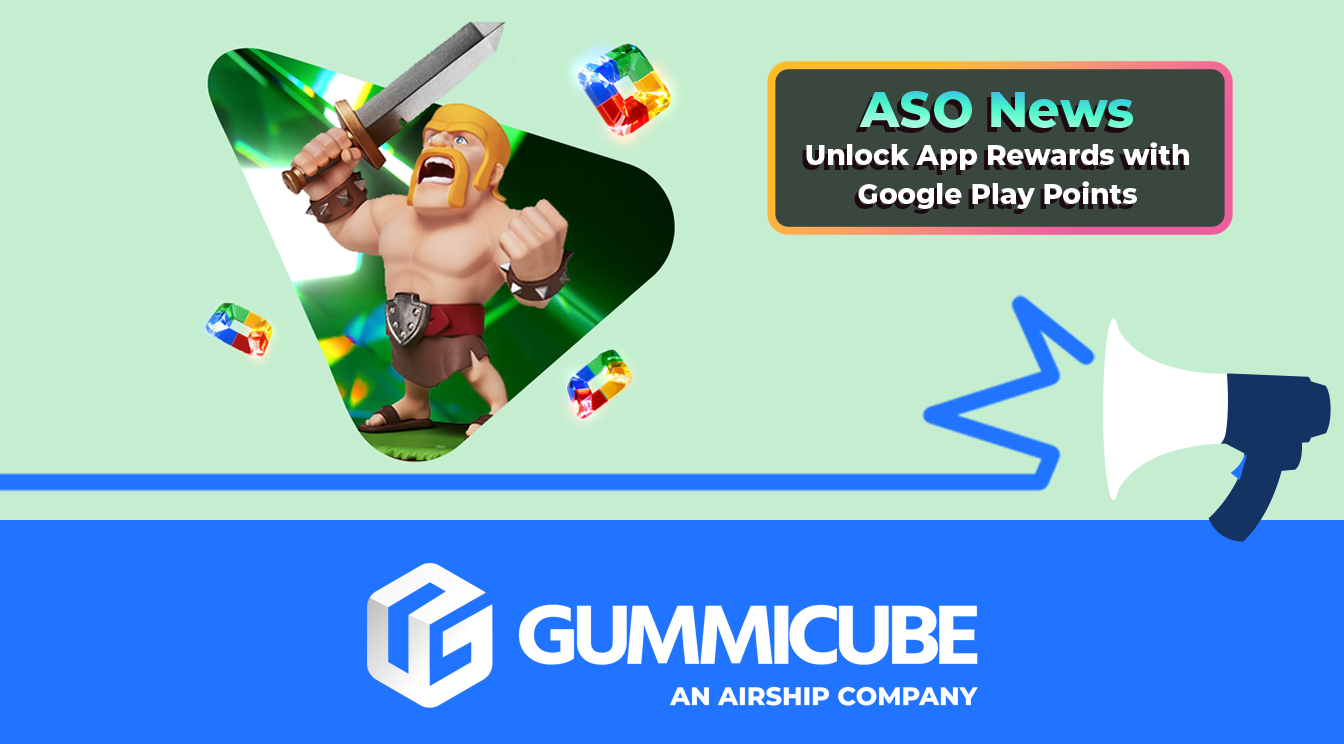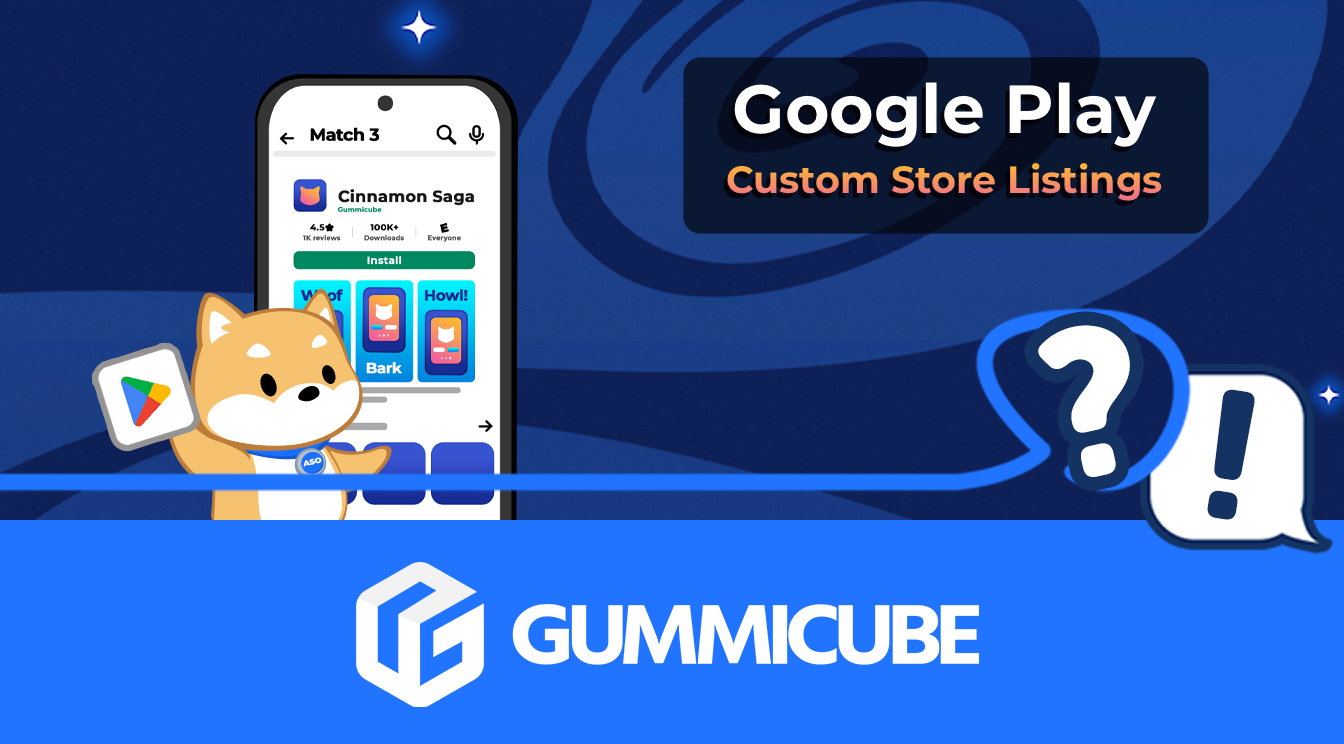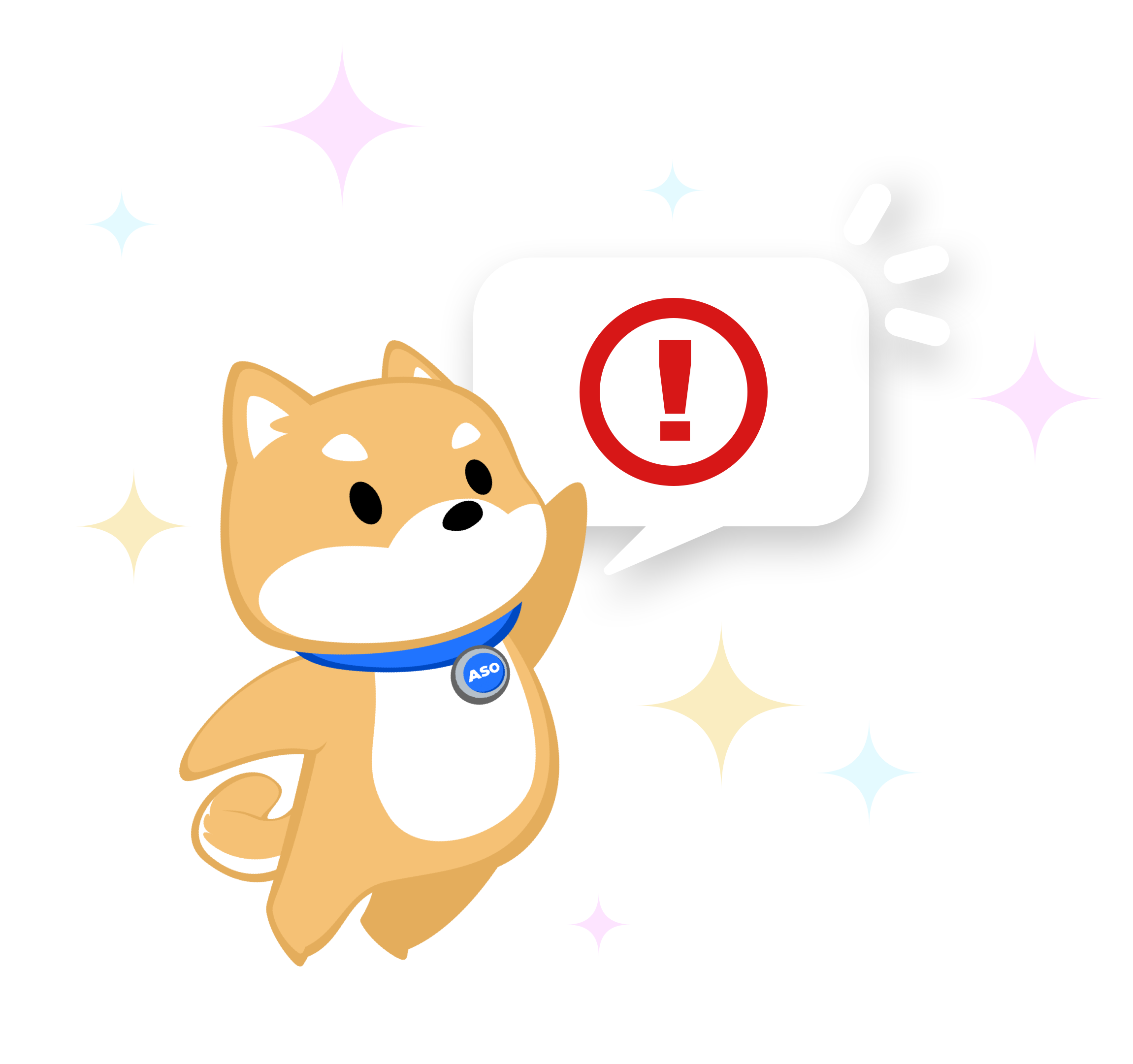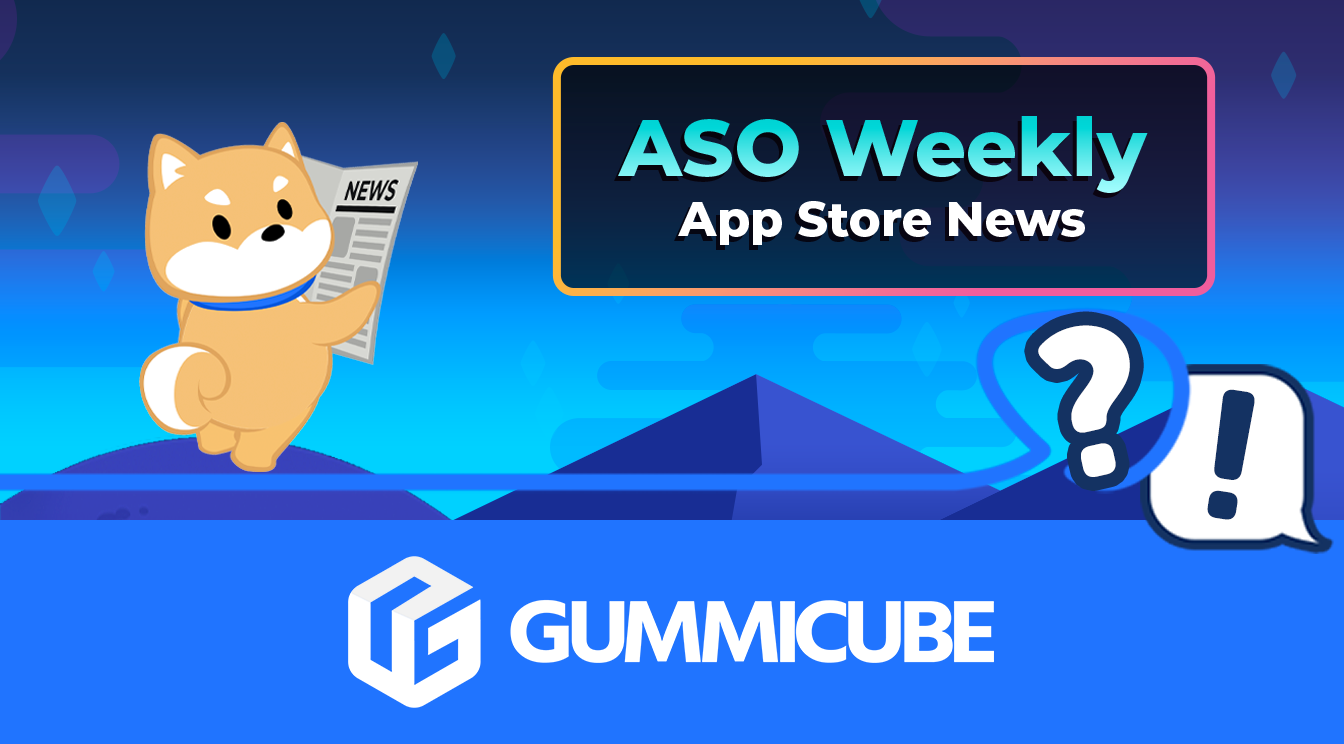
Unlock App Rewards with Google Play Points
Posted on August 29th, 2025
Google Play's latest Points update highlights evolving user engagement. Learn how app developers can use to stay visible in a shifting marketplace.

Google’s Custom Store Listings (CSL) have been an app marketer’s best friend when it comes to creating personalized Play Store experiences since their introduction in 2019. Now, Google looks to take the power of Custom Store Listings to the next level with the newest updates announced during Google I/O 24.
Originally, you were only able to target users based on the following criteria:
Google announced the ability to target users based on specific keywords. This is a game-changer, allowing you to narrow down your targeting to focus on the search queries users are entering. Developers will now be able to develop a CSL based on user intent, rather than just region or distribution channel, which can lead to a more customized Play Store experience.
What does this mean for app marketing? We’ll break it down below and show you how you can leverage Custom Store Listings to create a winning App Store Optimization (ASO) strategy.
Keywords are foundational in the success of your app marketing strategy. The understanding of user search behavior and keyword trends in the store are the backbone of ASO, allowing you to execute strategies that send the right signals to the Google Play Store algorithm. Targeting terms within your metadata allow you to rank for what you’ve targeted, what’s relevant, and ultimately increase your visibility. Introducing key terms in your metadata not only helps users understand how your app works, but also find it in Google Play as well. You’re likely including your terms within:
As you improve and adjust your metadata you’ll have identified the terms your target audience is mostly searching for and focus your app keyword strategy to align with their search behavior. As you begin to rank for relevant terms, and users engage with your store listing, you’ll likely improve your keyword rankings over time. You can then A/B test metadata and creative which in turn allow you pinpoint winning asset combinations to increase your overall conversion rates.
So what does this have to do with Custom Store Listings?
You can now have a completely separate Store Listing for specific search terms from a list provided by Google.
The fact that you can now create an even more personalized experience for users based on search terms opens up an abundance of opportunities for developers looking to narrow down their targeting efforts further. While commonalities can be found across countries and content distribution channels, users will still have different intent, purchasing behaviors, and even words they use to perform searches – hence the significance of the granular audience targeting CSL by keywords provides.
Creating Custom Store Listings by keyword(s) means you can focus your efforts on boosting the Play Store performance of specific terms. You can now choose to prioritize keywords that have historically ranked well (but could rank better) to further support them, or select terms that you want to rank well for but need some more help. Once chosen, you can create a store listing that incorporates the term(s) throughout descriptions and creatives.
As you set up your Custom Store Listing and select the “search term” option, Google will pull up the same keyword list that you can see on Listing Store Analysis; a list of terms that shows your app visits and acquisitions. These are not 100% of your ranked search terms or even all of the terms that bring your app traffic. These are only the terms that have hit a certain threshold to be broken out of Google Play’s “other” bucket where many apps see the majority of their traffic and installs come from.
When you select your terms, it’s important to group keywords together. Selecting just one keyword will severely limit your traffic to your Custom Store Listing. Rather than selecting one, select keywords as if it was an Apple Search Ads campaign; group features together that can be targeted by one Custom Store Listing as if they were ad groups.
For example, a retail app’s best-performing keyword might be “buy shoes”. The developers can develop a Custom Store Listing that targets that term and create assets that showcase this specific category of products prominently in their metadata and creative assets. However, they may also want to start competing for “discount clothing” and customize a new CSL highlighting this and related keywords.
By targeting organic search terms for their Custom Store Listing, you can directly influence the performance of certain keywords as you are curating a custom app marketing initiative focused solely on a specific concept. This sharpshooter approach helps you narrow down your efforts to create a personalized experience for different types of users rather than having to conform to a wide net strategy with only a main store listing.
Keyword targeting through Custom Store Listings also opens the door to new app A/B testing avenues. Running A/B tests is powerful for gathering key information prior to making strategic changes to your store listing.
Similar to Apple’s Custom Product Pages, you’ll want to understand how your new Custom Store Listings perform with its incoming traffic. Is it converting well? What can be done better? If your Custom Store Listing is seeing strong performance, you can consider running this as a variant against your Main Store Listing in an A/B test. The difference with Google’s new capabilities is this can now be done with organic search traffic.
Considering that Custom Store Listings can now be tailored to search intent and serve as a potential A/B testing tool, it’s important to learn how you can use them to your advantage to create a winning ASO strategy.
With Google finally releasing keyword targeting in Custom Store Listings, we officially enter a new era of Google Play ASO for app marketers. It also supports the ever prevalent shift towards personalized experiences we’ve seen creeping in for some time. From Google’s focus on “visually-driven” Play Store layouts to new tools that look to target the specific needs of users, these changes signal how Google Play marketing and ASO are rapidly evolving.
Remember, in order to make the most of your Custom Store Listing it’s important to understand how App Store Optimization and the Google Play mechanisms affecting it work in the first place. A firm grasp of keyword targeting and indexation will allow you to be aware of how and why your app ranks for the terms it does and what you can do about it.
Once you understand this shift and how the Play Store algorithm ranks your app, your priority should be in creating an optimized main store listing. This foundation should follow ASO best practices before you build upon the rest of the house, meaning proper keyword research and selection, performance review, and competitive analysis to determine how you’ll move forward with your CSL.
After you’ve determined what you’ll target… get started! Create Custom Store Listings that resonate with your different audience segments and give yourself a competitive edge in search results while resonating more with users’ particular interests and needs. Use CSLs to boost keyword rankings, separate your app marketing into different audience segments, or A/B test potential strategies down the line. The world of ASO is shifting towards personalized experiences and CSLs may be a sign of what’s to come for the future of the Play Store and App Store Optimization.
New changes to Custom Store Listings can come with new challenges. Don’t go about your CSLs alone. Let the ASO experts guide you through it!

Google Play's latest Points update highlights evolving user engagement. Learn how app developers can use to stay visible in a shifting marketplace.

Have you received a WhatsApp message, LinkedIn message, or a message from another messaging app offering a remote work opportunity by an individual claiming to be affiliated with Gummicube?

From Apple’s Fitness+ update, Google providing insight into real users versus bots, and Play Store Changelogs potentially being phased out, this ASO Weekly analyzes the different developments you should be aware of as 2023 kicks off.